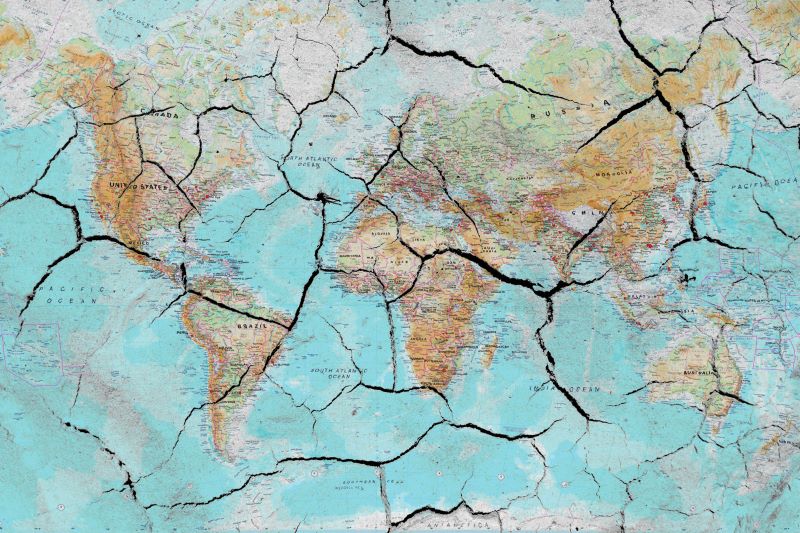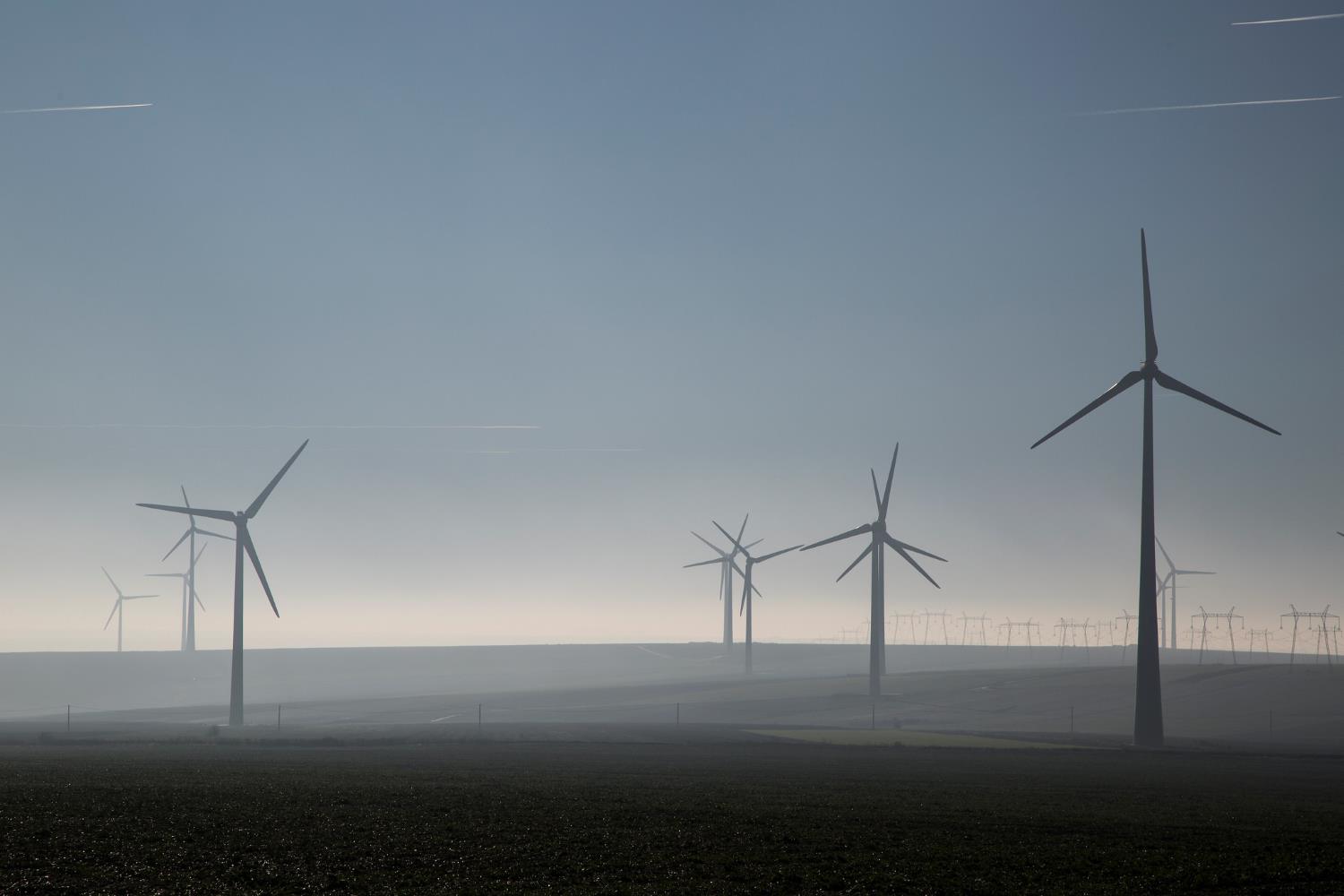Recommended

POLICY PAPERS

POLICY PAPERS
Too often, climate finance is treated as a proxy for climate outcomes when it comes to agenda-setting and strategy at the multilateral development banks. Over the last 18 months, the World Bank’s shareholders have led a major reform push that would have the Bank focus more on climate, with the discussion focused almost entirely on mobilization of resources to scale up climate-related finance. Whatever the merits of this agenda, it should not proceed to the exclusion of a much more intensive focus on how the Bank is programming its climate finance. External “pressure to lend” for climate almost certainly creates internal incentives that prioritize volume over quality. But any judgment about the quality of the World Bank’s climate efforts needs to start with a basic understanding of the institution’s climate programming building up from the project level. So, what do we know?
In a new study, we examine the 2554 World Bank projects between 2000 and 2022 that have been “tagged” by the institution as making some contribution to climate mitigation or adaptation. Our study shows that the Bank has a climate portfolio skewed towards mitigation rather than adaptation, both in middle-income countries and in energy-poor, low-income countries. Further, hundreds of projects tagged climate—many in poorer countries—appear to have little to do with climate change mitigation or adaptation. A plain reading of project documents sheds no light on why they are labeled as climate change projects or what the climate outcomes of the project might be.
For context, the reporting of climate finance is supposed to be based on the Common Principles for Climate Mitigation Finance Tracking, described in Appendix C of the 2020 Joint Report on MDB Climate Finance, which says:
“any inclusion of climate change impacts is not a substitute for project-specific theoretical and/or quantitative evidence of GHG emission mitigation. Projects seeking to demonstrate climate change impacts should do so through project-specific data.”
But a chain of causality, or any sort of climate rationale, is mostly absent from core project information in the projects we examined, even for those that are entirely devoted to tackling climate change. Most of the mitigation projects tagged as 100 percent climate lack estimates of greenhouse gas (GHG) emissions reductions, and there is no standardized reporting on GHG estimates across the portfolio. A plain reading of documents for projects labeled greater than 75 percent climate in FY22 revealed only six projects had such estimates. Some project documents mention emissions reductions but provide few details. As such, it is impossible to verify the Bank’s claim that its loans led to emissions reductions of 194 million tCO2 eq/year for FY19 to FY22. The lack of climate reporting in the portfolio is troubling, given the increasing amounts of money spent on mitigation.
The reporting problem may be of less concern for projects where the mitigation benefits are at least intuitively apparent, such as a large-scale solar plant. But we also identify a significant number of projects where a small share of the project’s value is attributed to climate, sometimes as little as 1 percent. In total, $15 billion worth of the Bank’s climate finance portfolio is attributed to projects where climate accounts for less than 20 percent of the project’s value. Again, there typically is no climate rationale offered to support the climate tags in these cases, and unlike a big solar project, intuition is no help in making the link between a teacher training or student assessment project and a reduction in climate emissions.
To illustrate these reporting problems further, we develop a normalized term density score which measures how many times the term “climate change” is mentioned in available project documents and compare that with the percentage of the project’s financing tagged as climate change. Cross-tabbing high (> 4 mentions per 10000 characters) and low term densities (<4 mentions per 10000 characters) with high (>75 percent) and low levels (<25 percent) of climate funding shows that 223 projects talk a lot about climate change and assign the funds accordingly, 180 talk a lot about climate change, but do not assign very much money, 816 do not talk a lot about climate and do not assign a lot of funds, and 523 projects do not talk a lot about climate but assign over three quarters of project funding to climate. In sum, there is very little in the project-level reporting that suggests a consistent approach to conveying the climate value of a project.
Number of projects by climate dollar value and density of climate mentions
|
High climate dollars |
Low climate dollars |
|
|
High climate mentions |
223 projects |
180 projects |
|
Low climate mentions |
523 projects |
816 projects |
It’s clear from this exercise that the state of reporting on climate programming at the World Bank is still in its infancy. Going forward, the Bank’s shareholders and climate advocates should apply more scrutiny to how the World Bank is spending climate money and not simply how it is raising it. To do so, there will need to be considerable progress made in climate reporting at the institution, moving beyond climate tags that do no more than assign dollar values to climate mitigation and adaptation efforts.
Read the full paper here. To download the data (warning: it’s a very large file) click here.
Disclaimer
CGD blog posts reflect the views of the authors, drawing on prior research and experience in their areas of expertise. CGD is a nonpartisan, independent organization and does not take institutional positions.
Image credit for social media/web: Adobe Stock





